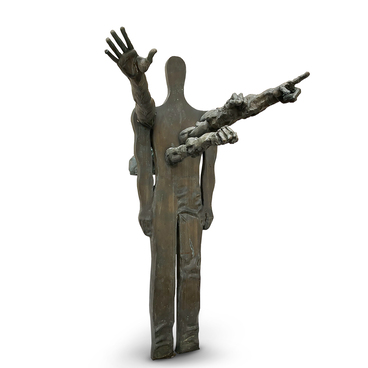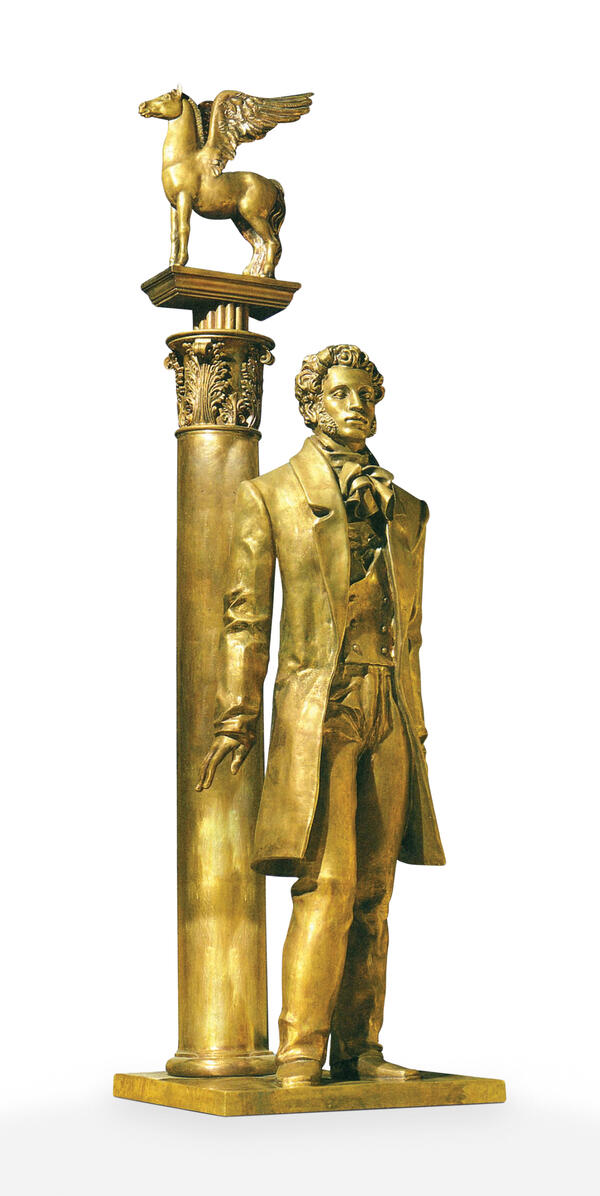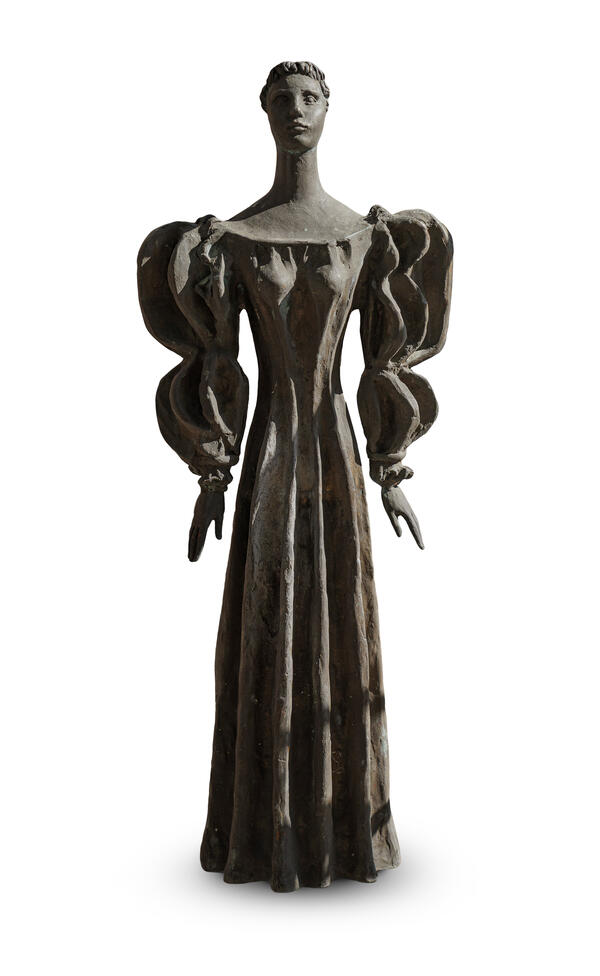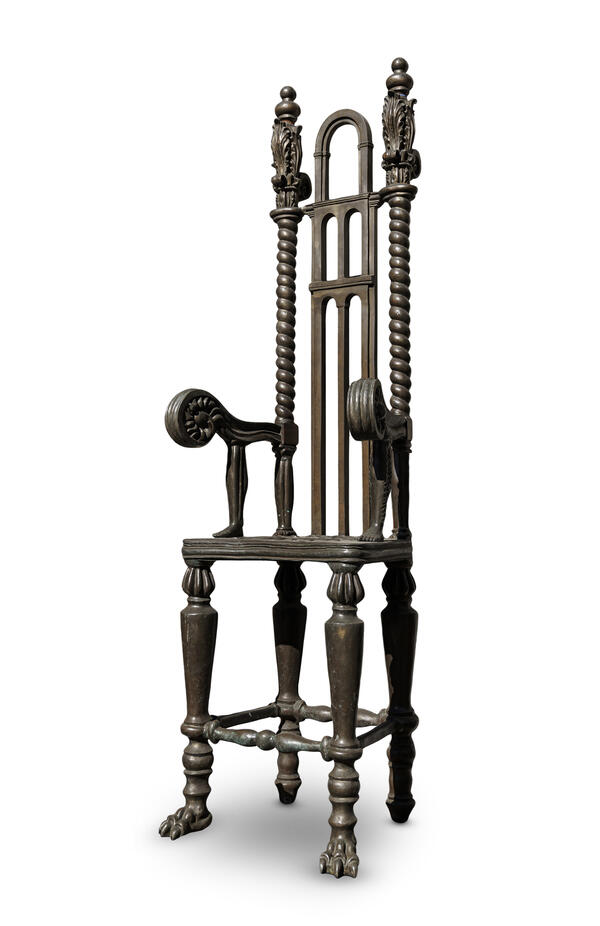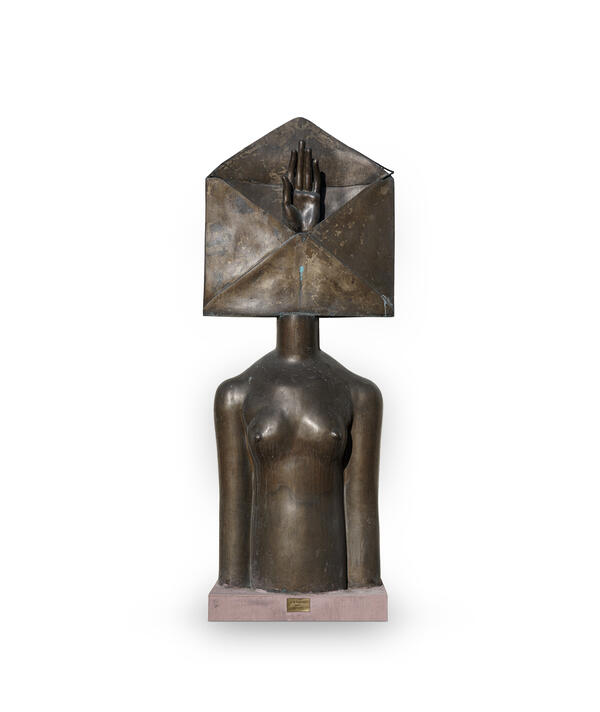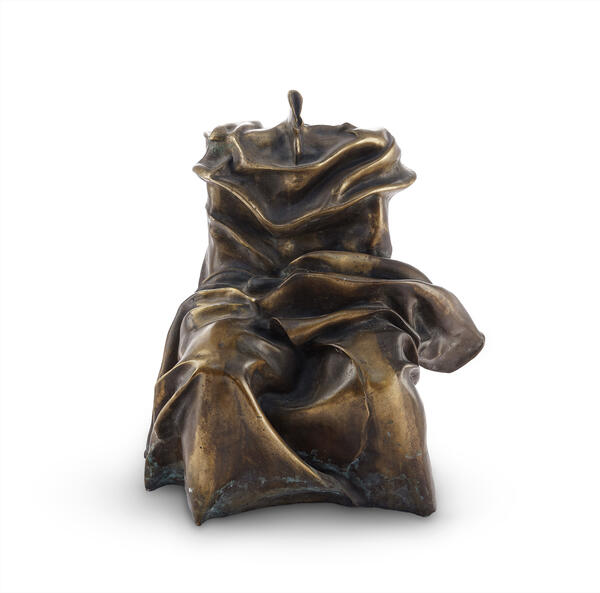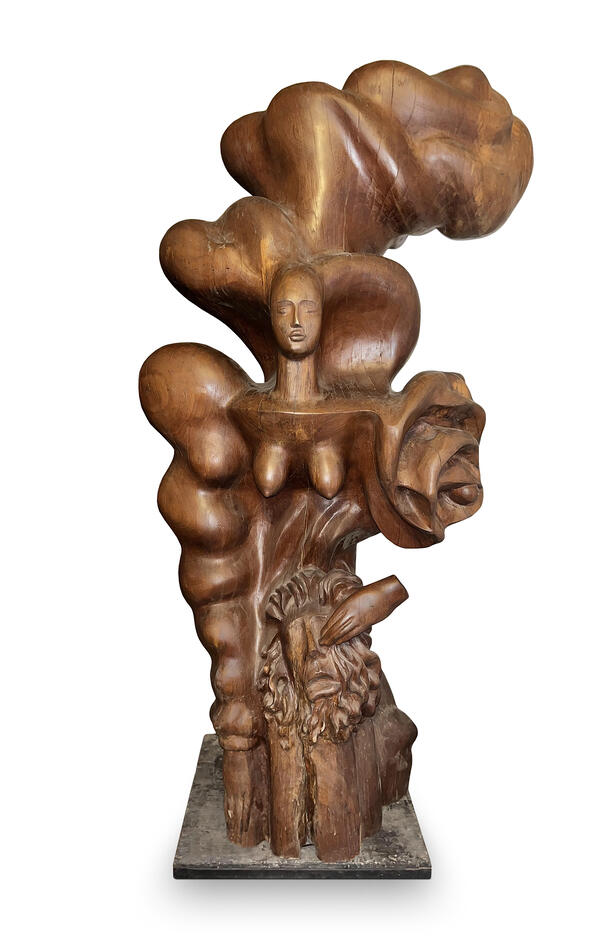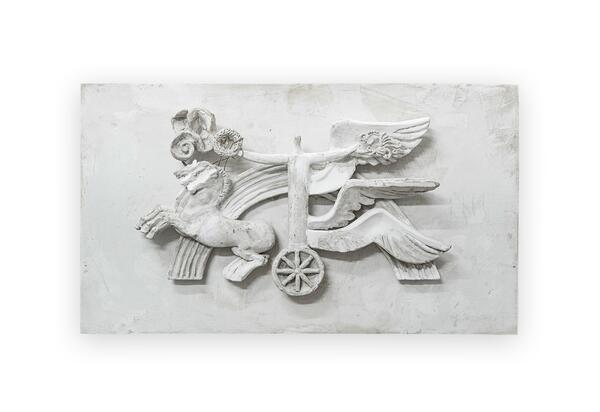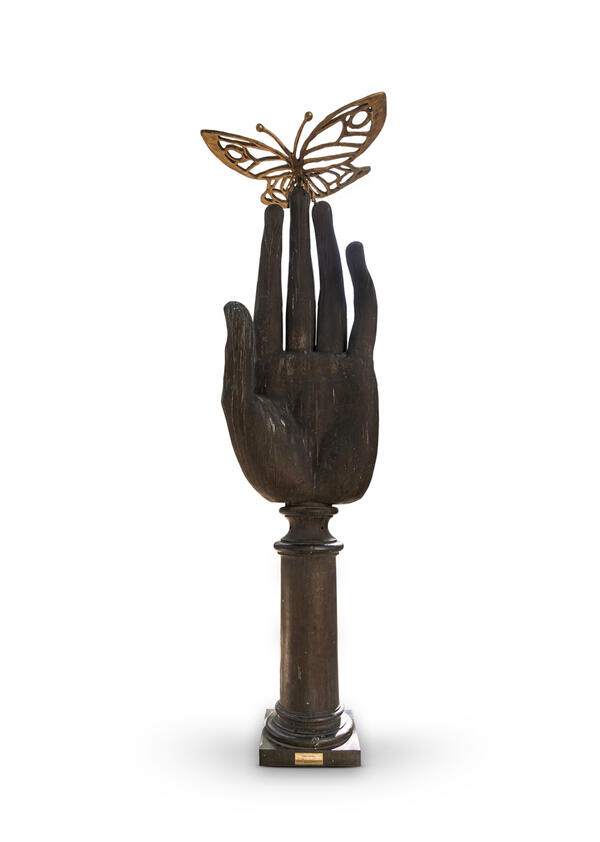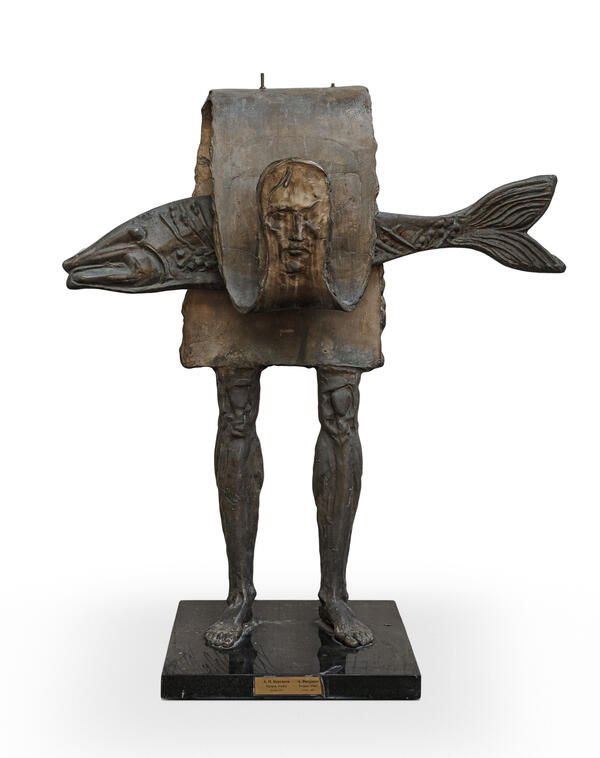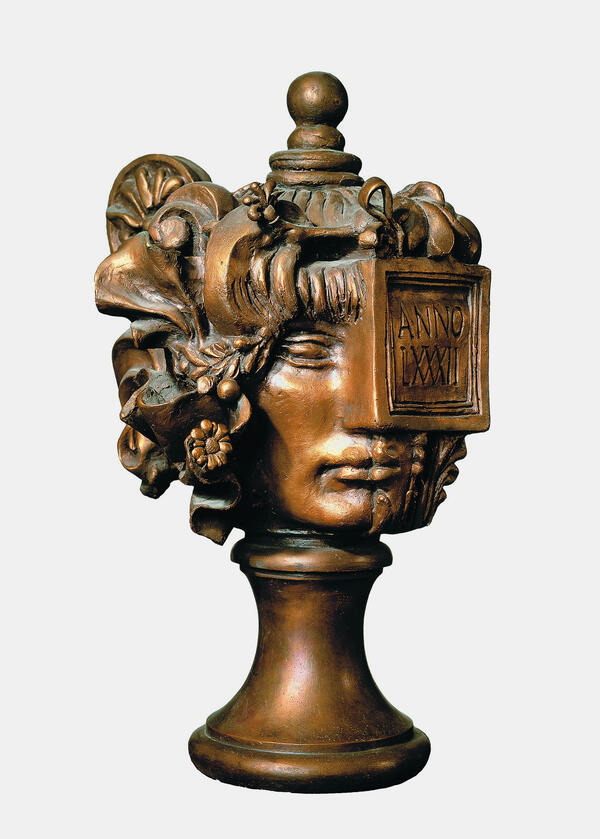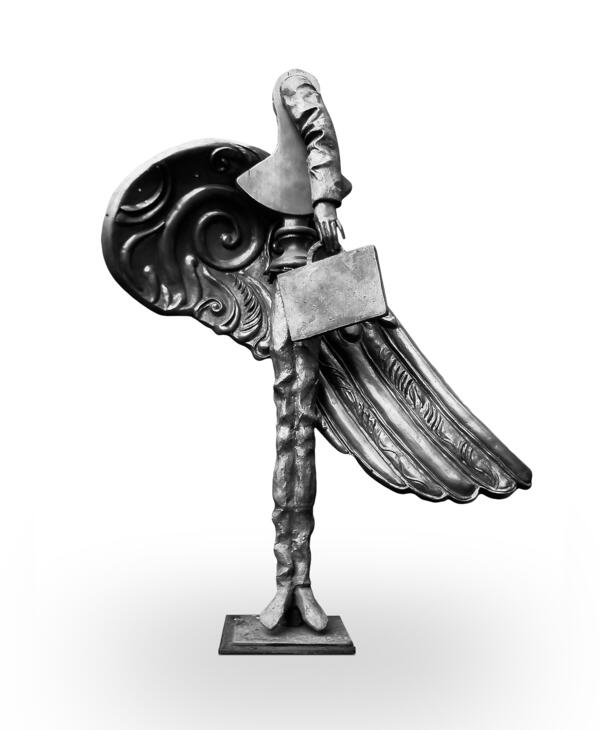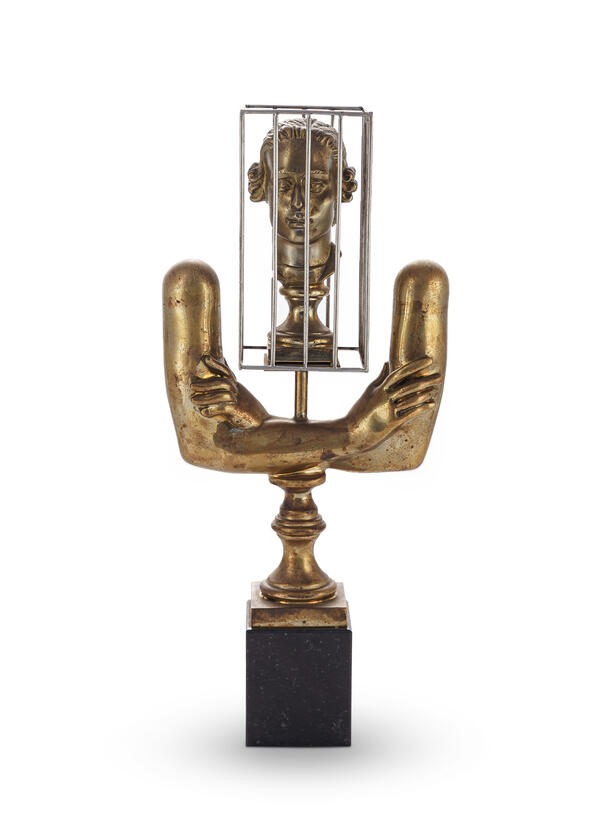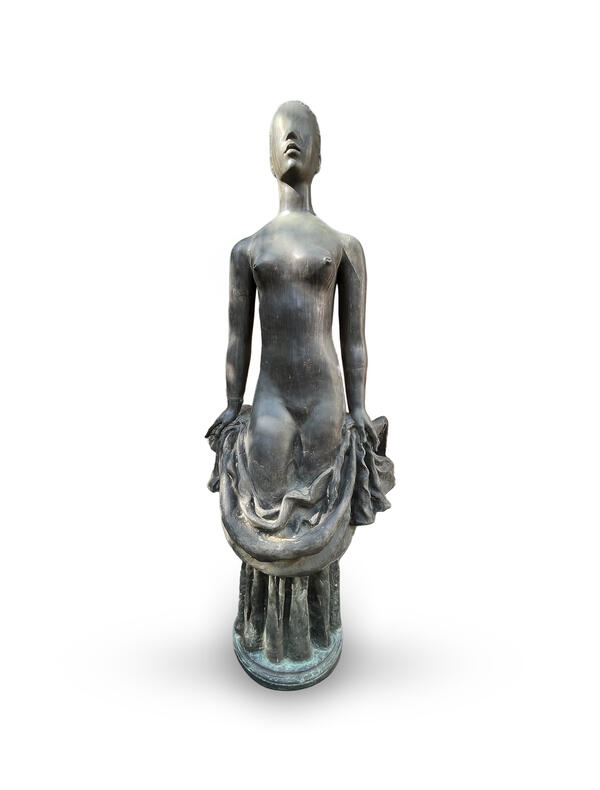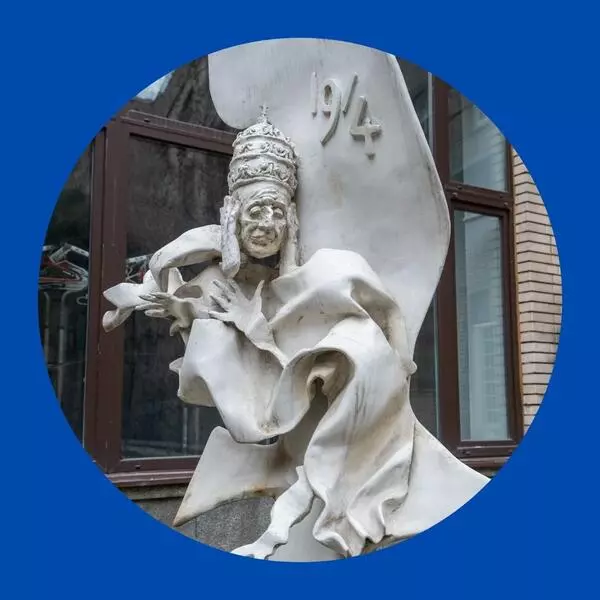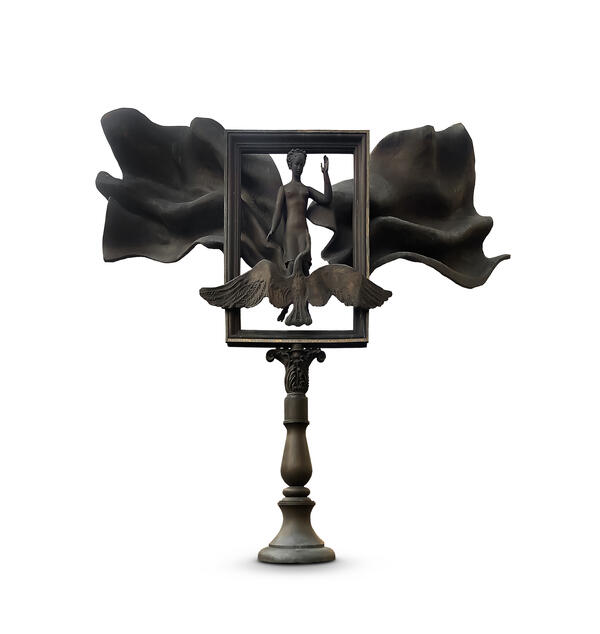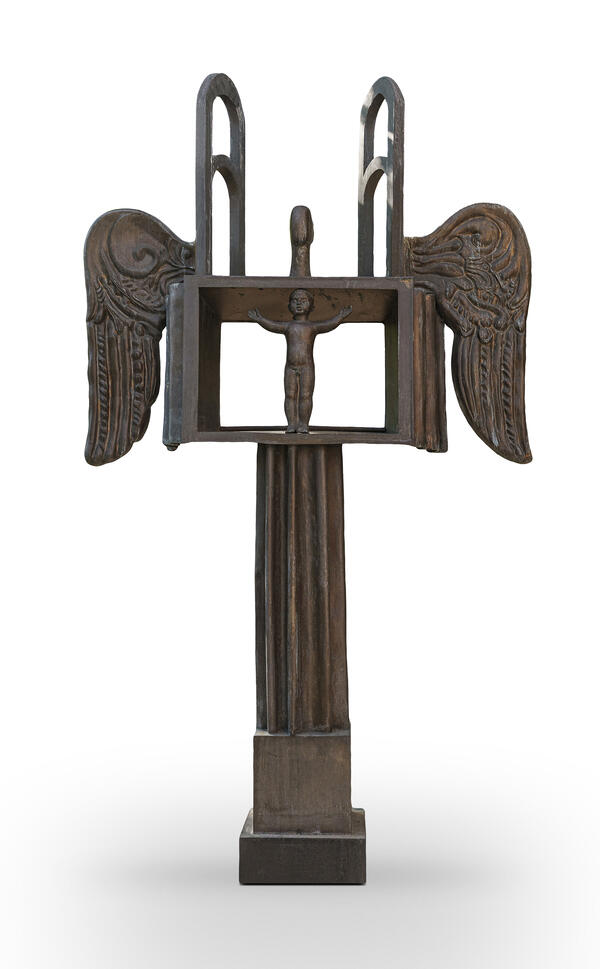In 2004, a monument to Elena Fabianovna Gnessina was unveiled in front of the concert hall of the Gnessin Russian Academy of Music in the Arbat district. The monument was created by Alexander Nikolayevich Burganov and was timed to coincide with the 60th anniversary of the founding of the Academy and Gnessina’s 130th anniversary. Elena Gnessina was a pianist, founder, and head of several music schools. She was also a professor and Honored Artist of the RSFSR. Her students flourished into such famous people as composer Aram Ilyich Khachaturian and conductors Yevgeny Fyodorovich Svetlanov and Gennady Nikolayevich Rozhdestvensky.
The monument was preceded by a model of a smaller scale, which was presented at a competition. This model is now part of the collection of the Burganov House.
Apart from being a pianist, Elena Gnessina was also a public figure and teacher. The sculptor chose music as the main theme for the monument. The young pianist is depicted at the instrument in a festive dress, raising her hand.
The piano cover is depicted as a large wing, which symbolizes the beautiful music that Gnessina plays. The sculptor uses his favorite technique of revealing images through symbols and metamorphoses, and this transformation of the “wing” of the piano into a bird’s wing endows the monument with a special lyrical mood.
To emphasize the classical principles that lay in the foundation of education at the Academy of Music, Burganov placed a monument on a large Corinthian capital instead of using a pedestal. In this way, the sculptor offered a new interpretation of the image of the Academy’s founder, breaking from a number of traditional stereotypes. For the first time, a monument dedicated to a public figure was intended to reflect the idea of art, particularly music, rather than merely follow the strict traditions of memorial sculptures.
The model submitted by Alexander Burganov was unanimously approved and supported by the panel, city authorities, and the public, and today the sculpture is considered one of the most beautiful monuments in Moscow.
Preserving models made in preparation for a monument is a truly important thing for museums to do. In this particular instance, the model is more than a simple record of a historical event or a work of art. It allows the viewers to see the future monument in the adjusted proportions that the sculptor worked on meticulously.

